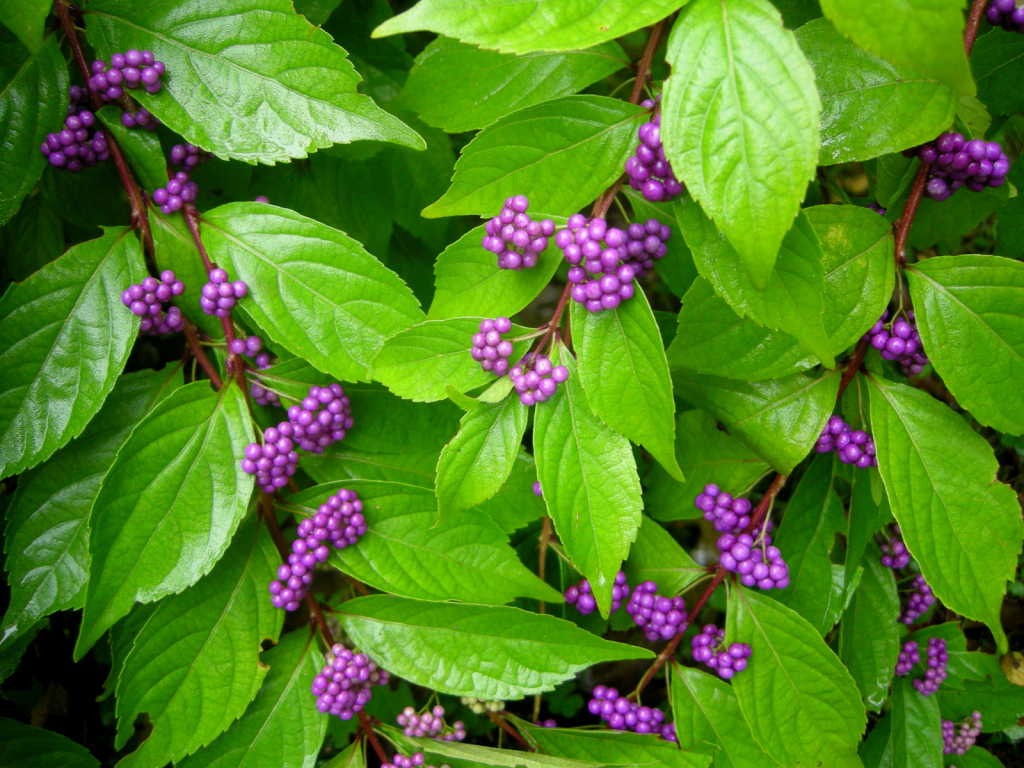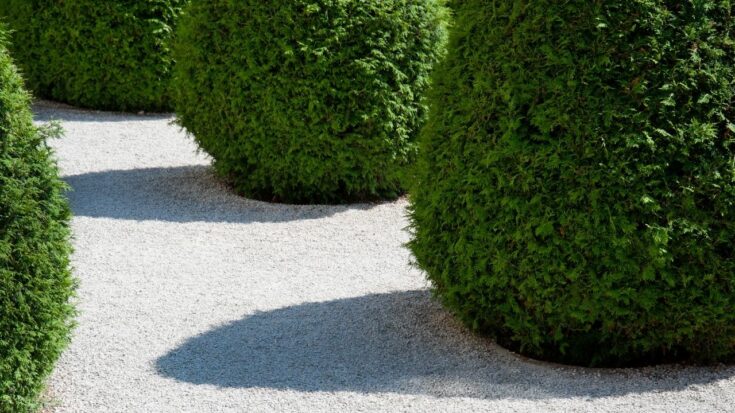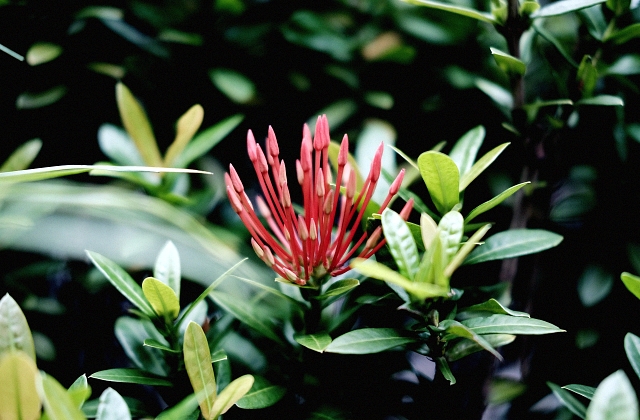This time around, we shall cover How Far To Plant Arborvitae Apart. Obviously, there is a great deal of information on GREEN GIANT TREE on the Internet. The rapid rise of social media facilitates our ability to acquire knowledge.
information about Arborvitae Spacing Calculator is also related to How to Plant a Privacy Hedge and How Far Apart Should You Plant Arborvitae For Privacy. As for further searchable items pertaining to Thuja Green Giant Trees Problems, they will likewise have anything to do with how far apart to grow arborvitae.

33 Fun Facts How Far To Plant Arborvitae Apart | How Far Apart To Plant Arborvitae Green Giant
- I want to plant a privacy hedge with emerald green arborvitae. I am trying to determine the most economical trunk-to-trunk spacing that will eventually result in a hedge you cannot see through at eye level. I know that emerald green arborvitae have a mature width of 3 to 4 feet, but I’ve read conflicting advice on how far apart to plant them: anything from 2 to 4 feet trunk-to-trunk. These trees are expensive, so I want to purchase as few of them as possible. - Source: Internet
- To begin, always make clusters of odd numbers of plants. Three trees in a cluster looks great – so does five trees, or even 7 in a large space. Since a mature plant is around 12 feet wide, a spacing of 15 to 18 feet apart will keep that cluster as a unit, but still leave each tree separate from the other ones. Much closer and in a while you will have a big lump. Much further apart and they will look lonely and isolated. - Source: Internet
- Although the arborvitae trees are large in size, their roots are not really invasive. Rather the roots are fibrous, which are a more spreading system of roots. The roots are shallow and will spread along the surface but they will not go deep inside the ground that much. - Source: Internet
- If you want to try something different for your garden you can always go for a living fence. The giant arborvitae plants are the best for this kind of a structure. The trees are large in size so they can cover the garden area properly and as they are strong they can hold the boundary well. - Source: Internet
- The arborvitae will not discolor in the winter months, keeping its green hue year-round. This makes it an ideal tree landscaping or accent plant. The thick foliage is also an effective windbreak and provides a natural privacy barrier. - Source: Internet
- If the arborvitae plant is not given enough space they will not grow in a healthy manner. Their growth will be shunned at an early age and they will not be as large as they are supposed to be. This is not required and ideal for the plant. - Source: Internet
- While this arborvitae is known mainly as a privacy tree, it has a lovely form and deep green color that lend it to being an attractive specimen tree as well. The evergreen foliage is soft and feathery and the habit is a tradition pyramid shape. The mature height is 40 to 60 feet and the mature width is 10 to 15 feet. In a hedge, a Thuja Green Giant will be closer to the lower end of this size and when planted alone as a focal tree it will achieve the higher end of the size spectrum. - Source: Internet
- Green Giant arborvitae is a hybrid cross between western redcedar and Japanese arborvitae. It is a large, hardy evergreen with a pyramidal to conical, uniform appearance. The dense, scale-like foliage in flattened sprays on horizon or ascending branches is a lustrous, medium green color that darkens or bronzes only slightly in winter. The leaves have a faint, pleasant fragrance. - Source: Internet
- For a hedge you want a closer spacing, as the goal is to have plenty of density to create a flat surface. For a shorter hedge, up to about 8 feet tall, space the plants 3 feet apart in a single row. Again, double row planting will give a very dense hedge, and for that, space the rows 3 feet apart and the plants 5 feet apart. - Source: Internet
- An attractive way to use this plant in a larger garden is in groups. These will fill corners, block something ugly, or screen you from a window. As well, the cluster of beautiful conical trees is an attractive garden feature. We want the plants to be close enough to look like a unit, but far enough apart to stay as separate trees. Unless you want a very formal look, you probably won’t be trimming these trees. - Source: Internet
- Proper spacing is essential to the success of your privacy screen. For best results, plant emerald green arborvitae trees about three feet apart. This will allow them enough room to fill in and provide the desired level of privacy. In a matter of just a few short years, you will have a tall and dense privacy screen. - Source: Internet
- Planting them 2-3 feet apart will create a natural and attractive privacy screen. However, don’t plant them closer than this. Each plant needs enough air circulation to limit the growth of fungi. - Source: Internet
- There is also the issue of spacing. How far apart should you plant Green Giant Arborvitae trees? Generally, the advice is to space Green Giant trees anywhere from 3 feet to 10 feet apart depending on how tall the hedge is desired to grow and how large the plants are to begin with. Clearly, this is a wide range of appropriate spacing, and it can be difficult to tell which option is best for a specific project. - Source: Internet
- For a living privacy screen or hedge, a windbreak , or a snow break, position Green Giants 5-6 feet apart. Or better yet for a unique green giant hedge, plant them in two rows, 4 feet apart, with the trees staggered 8-15 feet apart within each row. The row(s) should be at least 6-8 feet away from any building, driveway or road. Thuja green giant arborvitae spacing is important so the landscape trees can grow to their maximum potential. - Source: Internet
- The adequate amount of space and privacy Depends on the size and growth rate of the arborvitae plant. It Can be somewhere between 2 feet or 3 to 4 feet. A larger tree can require more space, it depends on the variety of the arborvitae plant. - Source: Internet
- There are a few types of arborvitaes, and each of them differs by their specific requirements. Before choosing a particular plant, think which of them suits your needs. It might turn out that it is impossible to plant one of the types in your garden, as they won’t be provided with the right conditions to grow. When picking a thuja tree, pay attention to every detail. - Source: Internet
- For quick privacy choose larger trees and plant using a staggered privacy landscape plan. Plant each tree within the line 6 to 10 feet apart, and plant the trees on the diagonal 6 to 8 feet apart. This instant privacy hedge makes an excellent windbreak and noise barrier. - Source: Internet
- Tall and elegant, the American arborvitae may be the right solution to your landscaping challenges. The narrow, pyramid shape makes it a natural choice for windbreaks. It requires almost no care when used as a hedge or screen. Pairs of these hardy trees make great accents for doors and garden gates. And single trees soften house corners. - Source: Internet
- Another important consideration is how much maintenance the trees will require. Emerald green arborvitae trees are relatively low maintenance and can be left to grow without too much intervention. However, a bit of pruning will help keep them looking their best, but it is not essential. - Source: Internet
- The ideal distance to plant arborvitae is to place the plants about eight to ten feet away from any structure, including fences. The distance is maintained to let the plant grow freely without damaging any part of the structure. This can also ensure the normal and healthy growth of the plant. - Source: Internet
- The 3-feet spacing is applicable if you’d like to achieve a solid and impenetrable privacy screen. Moreover, if you are okay with some gaps in the foliage, then you can space the trees further apart, about 4 feet. Just keep in mind that it will take longer for the trees to fill in and provide the desired level of privacy. - Source: Internet
- Remove the root ball from the container and tease it apart before setting it upright in the hole. Backfill the hole, and lightly tamp the soil to firm it up. Give the area about 1 inch of water, and apply 2-3 inches of mulch. - Source: Internet
- This type of arborvitae tend to be very tall, with expansive branches. Plants of these type require a lot of space to grow. About 8 to 10 feet of distance from the fences. - Source: Internet
- For example, if you want to create a privacy screen that is ten feet long, you would need to plant three emerald green arborvitae trees. Moreover, if you want a screen that is fifteen feet wide, you would need to plant five trees. You get the idea. - Source: Internet
- It is best not to plant the arborvitae plants near or against the fences. The plants are heavy growers. They also have very expanded branches. - Source: Internet
- For best results, emerald green arborvitae trees should be spaced about three feet apart. Start measuring from the center, not the edge, of each tree. This will ensure they have enough room to grow and fill in without crowding each other out. - Source: Internet
- Eastern arborvitae - also known as thuja occidentalis. Plants of this type prefer alkaline, high Ph soils. Most of the varieties are frost resistant and immune to pollution, however, they should be shielded from cold wind and droughts . This type of thuja grows well in sunny spots, however some varieties prefer shade. When purchasing such a shrub it is good to learn about its individual needs, such as when is best to plant the thuja. - Source: Internet
- For privacy, it is best to keep the arborvitae plants 3 to 4 feet apart. The trees might need more space for privacy depending on their size and growth. For quicker privacy you should plant the trees 2 feet apart. But ideally it is best to keep them 3 to 4 feet away. - Source: Internet
- The arborvitae plants have roots that grow on the surface level. Still the roots are quite strong. If you plant a tree near your fence the growing root can harm the base or the foundation of the fence. This could harm the fences and make them loose and wobbly. - Source: Internet
- Take the root ball out of the container you received it in and tease it apart gently, then set it in the hole. The root ball should be slightly higher than the soil surrounding it. Backfill the hole carefully—if the soil is too tight, the roots may suffocate. Set down a 2-3 inch layer of mulch or compost to retain soil moisture. - Source: Internet
- The amount of space you have and how dense you’d like your screen to be will determine how many rows you plant. The spread of the tree will determine the spacing between each tree. A good rule of thumb is to plant at least 12″ –24″ apart from the center of the tree. many evergreen trees may be spaced out anywhere from 6 to 12 feet, depending on the species. American arborvitae can be planted as close as three feet. - Source: Internet
- Understanding proper spacing plays a significant role in the success of your privacy screen. If the trees are planted too close together, they will compete for resources and will not reach their full potential. If they are planted too far apart, there will be gaps in your privacy screen. - Source: Internet
- Just like their name, this variety of the plant grows very fully and large. Which is why they require more space than the usual arborvitae plants. Around 8 to 12 feet of a distance is usually required for the green giant arborvitae. - Source: Internet
 To begin started, here are some tips for finding information about how far apart to grow arborvitae:
- Research how far apart to plant arborvitae for privacy-related information from credible sources. This includes libraries, websites, and even journalistic professionals.
- When researching Everything You Need to Know About Emerald Green Arborvitae Trees, it is vital to be aware of the numerous sorts of electronic media sources, such as Google and YouTube. Social media platforms, such as Facebook and Twitter, are also likely to contain information regarding how far apart to plant arborvitae for privacy.
To begin started, here are some tips for finding information about how far apart to grow arborvitae:
- Research how far apart to plant arborvitae for privacy-related information from credible sources. This includes libraries, websites, and even journalistic professionals.
- When researching Everything You Need to Know About Emerald Green Arborvitae Trees, it is vital to be aware of the numerous sorts of electronic media sources, such as Google and YouTube. Social media platforms, such as Facebook and Twitter, are also likely to contain information regarding how far apart to plant arborvitae for privacy.Video | How Far To Plant Arborvitae Apart
To obtain the most accurate information about 5 Year Old Thuja Green Giant, it is essential to investigate the credibility of each source by reading.
This article contains multiple Keeping Green Giant Arborvitae Small-related films from a variety of sources, which will expand your understanding about Planting Arborvitae In Fall. Internet is an excellent resource for getting information on a range of subjects.
## Here are some crucial points concerning Thuja Green Giant:- How Far To Plant Arborvitae Apart
- How Far To Plant Green Giant Arborvitae Apart
- How Far Apart To Plant Arborvitae For Privacy
- How Far Apart To Plant Arborvitae For Hedge
- How Far Apart To Grow Arborvitae

With so many websites and forums giving What is the optimal spacing for emerald green arborvitae?-related information, it is not difficult to locate what you require.
This is a highly unconventional method for obtaining knowledge about Thuja Green Giant, compared to what most people are accustomed to. It permits a more in-depth examination of the content and application of information regarding 5 Year Old Thuja Green Giant.
 Methods for creating aesthetically pleasing and informative displays of Thuja Green Giant Size information. They can be utilized in business and marketing environments to convey messages regarding how far apart to plant thuja arborvitae. Consequently, we additionally supply photographs regarding how far apart to plant emerald arborvitae.
Methods for creating aesthetically pleasing and informative displays of Thuja Green Giant Size information. They can be utilized in business and marketing environments to convey messages regarding how far apart to plant thuja arborvitae. Consequently, we additionally supply photographs regarding how far apart to plant emerald arborvitae.
This article concludes by providing an overview of 5 Year Old Thuja Green Giant. In addition, Thuja Green Giant and 5 Year Old Thuja Green Giant are discussed to compare your understanding of Emerald Green Arborvitae Spacing From House.